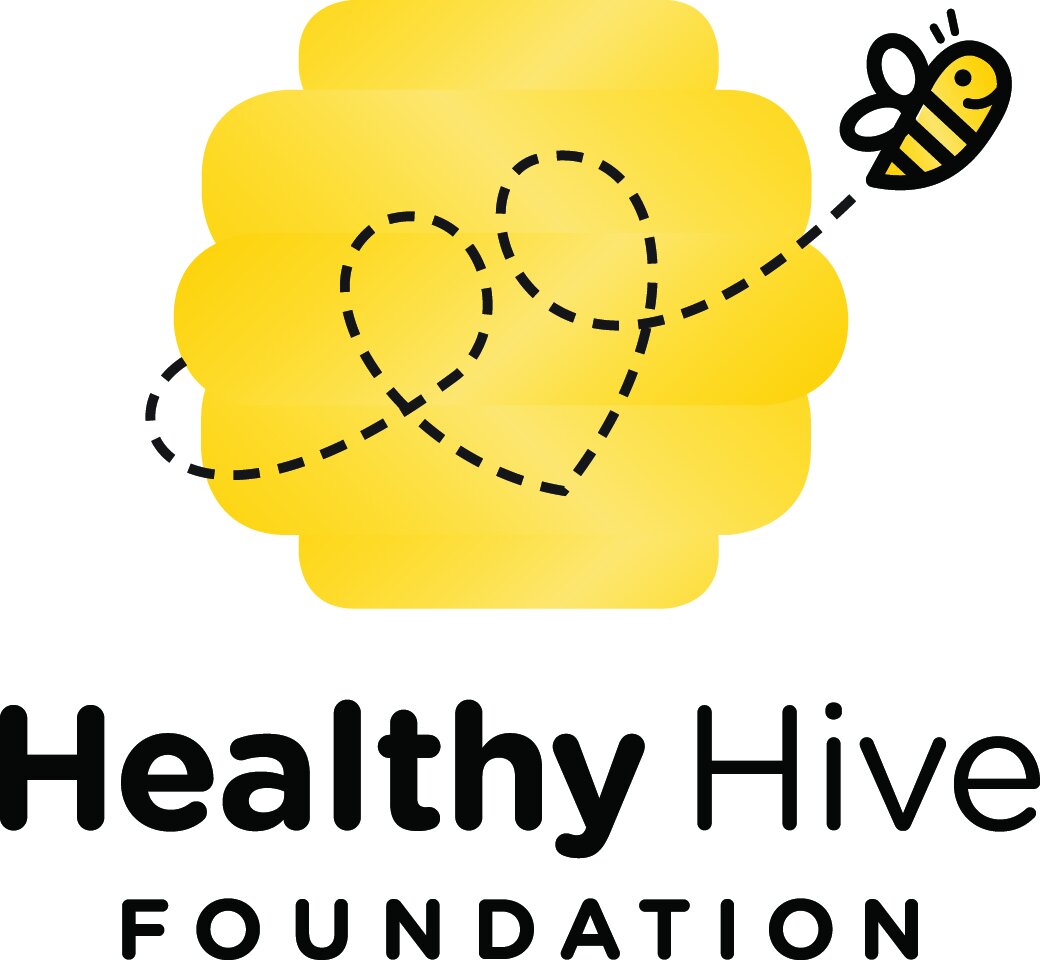The Importance & Benefits of Spring Gardening
Unusual and unpredictable weather patterns have likely impacted everyone in recent years. Here in Texas, we experience high highs and low lows; and the lows this year just happened to damage nearly 10.5 million trees in Austin alone! In addition to pollinating trees that were damaged, these weather patterns can destroy a multitude of crops, flowers, and habitats that the entire community relies on. Despite this uncertainty, there is so much hope to be inspired and action to be taken not only for ourselves, but for our pollinators as well.
Spring is a beautiful time of rebirth and growth in nature but can also be a time for meaningful expansion and new beginnings in our own lives. What better way to fully embody this season than with the beauty and liveliness of a garden? Starting a garden and being intentional with the designs we create, the seeds we use, and the plants we cultivate is one of the most meaningful and effective ways to support our pollinators. But where do we start?
When starting a garden, the best first step is to design your plot! Plotting our gardens so that they provide habitat for pollinators might be an easily overlooked aspect, but for Mason bees and other tired pollinators it can be the most important part[1]. Mason bees are small, solitary and non-stinging bees that emerge from their cocoons right at the beginning of spring and can help kickstart your garden for a more productive yield. Including early-season blooms such as bulbs, begonias, camellias, creeping phlox, winter jasmine, and viburnums help these little bees bounce from flower to flower and pollinate as many as 2,000 blossoms a day! You can also help your native Mason bees by providing a south-facing box or hollow bamboo tubes, with a friendly supply of mud, for them to rest in, be protected against wind and rain, and to eventually lay their eggs in for a future abundance of more incredible pollinators.
The next step is to choose what seeds you’ll be planting! When shopping for seeds, you will be able to see that some are F1 hybrids while others are open-pollinated or heirloom. Hybrids are where most of our food crops come from nowadays and are often distinguished by little genetic diversity, GMO, and patented varieties that increase their risks of pests and disease. On the other hand, heirloom and open-pollinated seeds result from natural crosses between plants of the same variety and may even be passed down through generations[2]. Choosing either of these types of seeds can increase plant diversity and help reduce your carbon footprint! Stopping by your local outdoor center or ordering from trustworthy organizations like Seed Savers Exchange[3] are easy ways to ensure quality, natural seeds and crops that are better for you and the environment.
From there, and with the right materials of course, all that’s left to do is plant, tend, and wait for a beautiful, pollinator-rich garden to unfold. If you’re wondering, “Does this really help? Can I make a difference by gardening?,” we are here to assure you that every effort matters. Multiple wildflower projects internationally have shown that populations of pollinators can recover if they are given enough support. Since 90% of wild plants and 75% of global crops depend on animal pollination, it is easy to see that we all need to work together to protect this vital part of our environment. By planting diverse native flowers, heirloom crops, and a bee-friendly design, you can start a movement toward sustainability, compassion, and self-sufficiency that can broaden to the rest of your community. Studies also show that funding to create wildflower meadows on the sides of roads, on lawns, and even in cemeteries can help increase biodiversity, spur significant growth, and increase pollinator species by as much as 72%[4]! If you’re wanting to take this a step further as a landowner, there are even sources that may provide you with pollinator seeds to turn your land into a pollinator habitat! The Seed a Legacy Pollinator Habitat Program is a great example of long term, supported habitat rehabilitation that works in select states.4 Regardless of what space you have available to plant, whether its multiples acres or one empty pot you haven’t been sure what to do with, anything helps to restore diversity, balance, clean air, and a productive environment to our communities. We are so thankful for the online resources available, to our local garden centers for their knowledge, and each and every one of you for taking this step toward a better future.
Sources:
